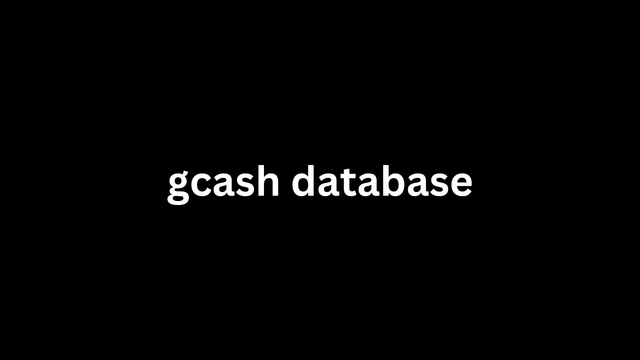Once you’ve identified
Posted: Wed Dec 04, 2024 6:52 am
Keyword research involves identifying both short-tail and long-tail keywords. Short-tail keywords are broader and often highly competitive, while long-tail keywords are more specific and have lower competition. Long-tail keywords are especially useful for scaling a digital enterprise because they attract a more targeted audience that is more likely to convert into customers. For example, a general keyword like "digital marketing" might bring in a large volume of traffic, but a more specific keyword like "SEO services for small businesses" is more likely to attract visitors who are looking for exactly what your business offers.
Once you’ve identified the right keywords, the next step is to gcash database incorporate them into your website’s content. This is where on-page SEO comes into play. On-page SEO refers to the optimization of individual web pages to rank higher and earn more relevant traffic. Key elements of on-page SEO include title tags, meta descriptions, headers, and content. By strategically using your target keywords in these areas, you can help search engines understand the relevance of your content and improve your rankings. The title tag is one of the most important on-page SEO elements because it appears as the clickable headline in search results.

It should include your target keyword and accurately describe the content on the page. Meta descriptions, while not directly influencing rankings, play a crucial role in enticing users to click on your link. A compelling meta description can significantly increase your click-through rate (CTR), which, in turn, can help boost your rankings. Headers, such as H1, H2, and H3 tags, are also vital for both SEO and user experience. These tags help structure your content, making it easier for readers to navigate. By using your keywords in headers, you can signal to search engines what the content is about and improve its relevance.
Once you’ve identified the right keywords, the next step is to gcash database incorporate them into your website’s content. This is where on-page SEO comes into play. On-page SEO refers to the optimization of individual web pages to rank higher and earn more relevant traffic. Key elements of on-page SEO include title tags, meta descriptions, headers, and content. By strategically using your target keywords in these areas, you can help search engines understand the relevance of your content and improve your rankings. The title tag is one of the most important on-page SEO elements because it appears as the clickable headline in search results.

It should include your target keyword and accurately describe the content on the page. Meta descriptions, while not directly influencing rankings, play a crucial role in enticing users to click on your link. A compelling meta description can significantly increase your click-through rate (CTR), which, in turn, can help boost your rankings. Headers, such as H1, H2, and H3 tags, are also vital for both SEO and user experience. These tags help structure your content, making it easier for readers to navigate. By using your keywords in headers, you can signal to search engines what the content is about and improve its relevance.